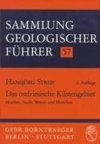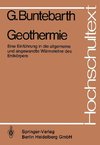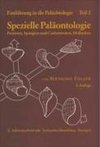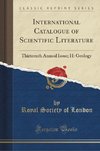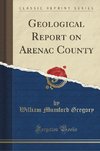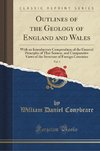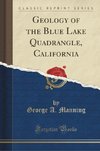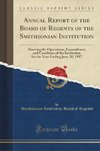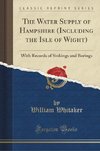
-
 Anglický jazyk
Anglický jazyk
Great Basin
Autor: Source: Wikipedia
Source: Wikipedia. Pages: 46. Chapters: Ecology of the Great Basin, Geography of the Great Basin, History of the Great Basin, Media about the Great Basin, California Trail, Baker-Fancher party, Northern Basin and Range ecoregion, The Land of Little Rain,... Viac o knihe
Na objednávku, dodanie 2-4 týždne
16.56 €
bežná cena: 18.40 €
O knihe
Source: Wikipedia. Pages: 46. Chapters: Ecology of the Great Basin, Geography of the Great Basin, History of the Great Basin, Media about the Great Basin, California Trail, Baker-Fancher party, Northern Basin and Range ecoregion, The Land of Little Rain, Old Spanish Trail, Central Overland Route, George Chorpenning, Mono people, Great Basin section, Stephens-Townsend-Murphy Party, Central Basin and Range ecoregion, Wheeler Survey, Nataqua Territory, Journal of California and Great Basin Anthropology, Dominguez and Escalante Expedition, Carson River Canyon, Palisade Canyon, Great Basin montane forest. Excerpt: The California Trail was an emigrant trail of about 2,000 miles (3,200 km) across the western half of the North American continent from Missouri River towns to what is now the state of California. After it was established, the first half of the California Trail followed the same corridor of networked trails as the Oregon Trail and the Mormon Trails following the Platte, North Platte and Sweetwater River's valleys to Wyoming. The western end of the trail turned off in Idaho, Wyoming or Utah to reach the Humboldt River valley trail across Nevada. By following the Humboldt River valley across the arid Great Basin they were able to obtain the water, grass and 'wood' needed by all travelers and their teams. It is also called Central Route. The California Trail became heavily used from 1845 to 1869 when several rugged wagon route(s) across the Carson Range and Sierra Nevada mountains to different parts of northern California were established. After about 1848 the most popular route was the Carson Route since, while rugged, it was still easier than most others and entered California in the middle of the gold fields. By 1847, two frontier forts marked trail heads for major alternative routes to Northern California: Jim Bridger's Fort Bridger (c. 1842) where the Mormon trail turned south over the Wasatch Mountains to Salt Lake City, Utah and then north and east and back to the California trail via theSalt Lake Cutoff. The second fort was the British controlled Hudson Bay Company's Fort Hall (c. 1836), about 50 miles (80 km) east of the "parting of the ways" for the Oregon and California main trails on the Snake River. Both routes were about the same distance. The trail was used by about 2,700 settlers prior to 1849. These settlers were instrumental in helping convert California to a U.S. possession as volunteer members of John C. Fremont's California Battalion assisted the Pacific Squadron's sailors and marines in 1846 and 1847. By 1848, the province had a non-native populat
- Vydavateľstvo: Books LLC, Reference Series
- Rok vydania: 2020
- Formát: Paperback
- Rozmer: 246 x 189 mm
- Jazyk: Anglický jazyk
- ISBN: 9781157636182
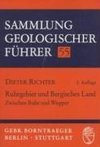
 Nemecký jazyk
Nemecký jazyk 
